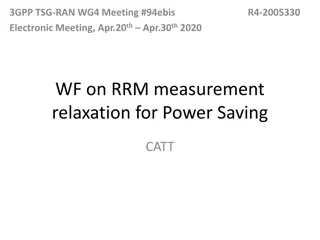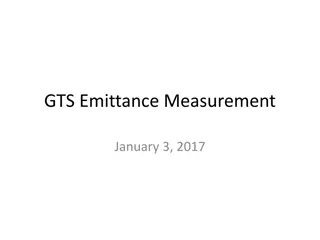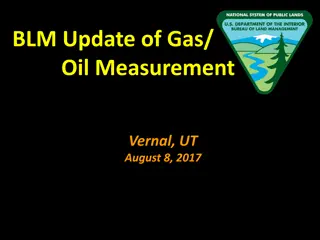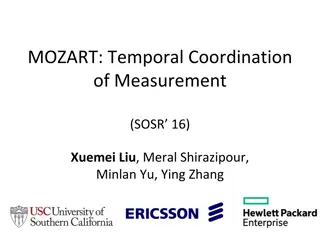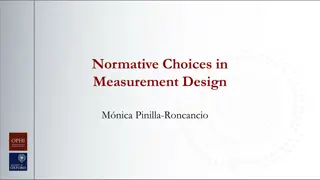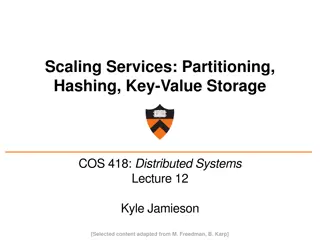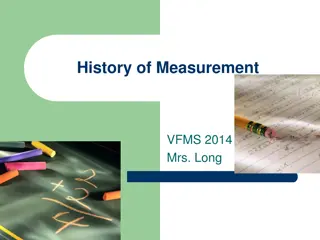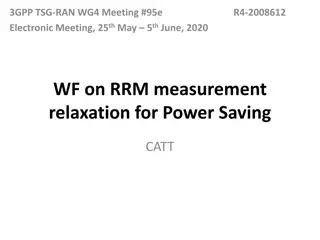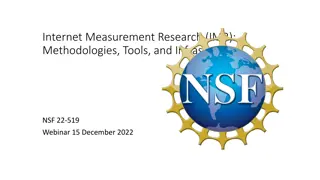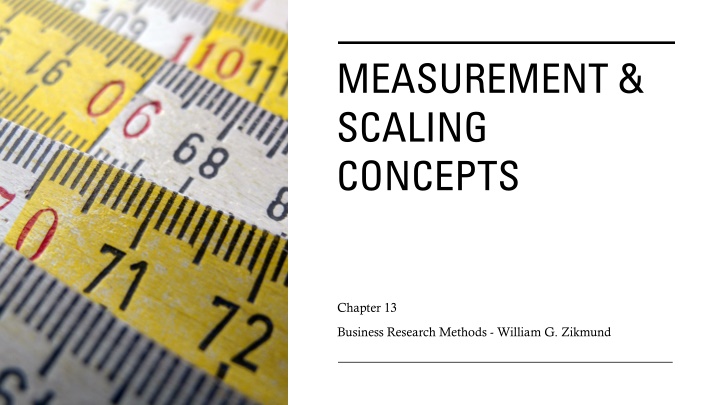
Measurement and Scaling Concepts in Business Research
Explore the fundamental concepts of measurement and scaling in business research, covering levels of scale measurement, mathematical and statistical analysis of scales, criteria for good measurement, and the importance of reliability. Learn about nominal, ordinal, interval, and ratio scales, as well as validity, sensitivity, and reliability in measurement techniques.
Download Presentation

Please find below an Image/Link to download the presentation.
The content on the website is provided AS IS for your information and personal use only. It may not be sold, licensed, or shared on other websites without obtaining consent from the author. If you encounter any issues during the download, it is possible that the publisher has removed the file from their server.
You are allowed to download the files provided on this website for personal or commercial use, subject to the condition that they are used lawfully. All files are the property of their respective owners.
The content on the website is provided AS IS for your information and personal use only. It may not be sold, licensed, or shared on other websites without obtaining consent from the author.
E N D
Presentation Transcript
MEASUREMENT & SCALING CONCEPTS Chapter 13 Business Research Methods - William G. Zikmund
MEASUREMENT What? Concept & Operationalization Scale Correspondence Rules Variables Capture concept values Constructs concepts measured with multiple variables Sudha Bhagavatheeswaran, Department of Information Technology, SIES College of Arts, Science & Commerce (Autonomous)
LEVELS OF SCALE MEASUREMENT NOMINAL Represents the most elementary level of measurement Values assigned for identification or classification purpose only Eg: Numbers that athletes wear ORDINAL Ranking scales Arranged based on how much of some concept they possess. Eg:- Educational qualifications INTERVAL Have nominal and ordinal properties Also capture information about differences in quantities of a concept Eg:- Temperature RATIO Highest form of measurement All properties of interval scale and can represent absolute quantities Eg:- Money value Sudha Bhagavatheeswaran, Department of Information Technology, SIES College of Arts, Science & Commerce (Autonomous)
MATHEMATICAL AND STATISTICAL ANALYSIS OF SCALES DISCRETE MEASURE CONTINUOUS MEASURE The number of students in a class. The number of workers in a company. The number of parts damaged during transportation. Shoe sizes Number of languages an individual speaks. The number of home runs in a baseball game. The number of test questions you answered correctly. Instruments in a shelf. The number of siblings a randomly selected individual has. The amount of time required to complete a project. The height of children. The amount of time it takes to sell shoes. The amount of rain, in inches, that falls in a storm. The square footage of a two-bedroom house. The weight of a truck. The speed of cars. Time to wake up. Sudha Bhagavatheeswaran, Department of Information Technology, SIES College of Arts, Science & Commerce (Autonomous)
THREE CRITERIA FOR GOOD MEASUREMENT VALIDITY RELIABILITY SENSITIVITY Sudha Bhagavatheeswaran, Department of Information Technology, SIES College of Arts, Science & Commerce (Autonomous)
RELIABILITY an indicator of a measure s internal consistency, concept of reliability revolves around consistency A measure is reliable when different attempts at measuring something converge on the same result. INTERNAL CONSISTENCY homogeneity Measures:- Split- Half Method , Co-efficient alpha TEST RETEST RELIABILITY - administering the same scale or measure to the same respondents at two separate times to test for stability Sudha Bhagavatheeswaran, Department of Information Technology, SIES College of Arts, Science & Commerce (Autonomous)
VALIDITY The accuracy of a measure or the extent to which a score truthfully represents a concept ESTABLISHING VALIDITY Face Validity Content Validity Criterion Validity Construct Validity Convergent Validity Discriminant Validity Sudha Bhagavatheeswaran, Department of Information Technology, SIES College of Arts, Science & Commerce (Autonomous)
SENSITIVITY ability to accurately measure variability in a concept strongly agree, mildly agree, neither agree nor disagree, mildly disagree, and strongly disagree will increase the scale s sensitivity. sensitivity is generally increased by adding more response points or adding scale items Sudha Bhagavatheeswaran, Department of Information Technology, SIES College of Arts, Science & Commerce (Autonomous)



